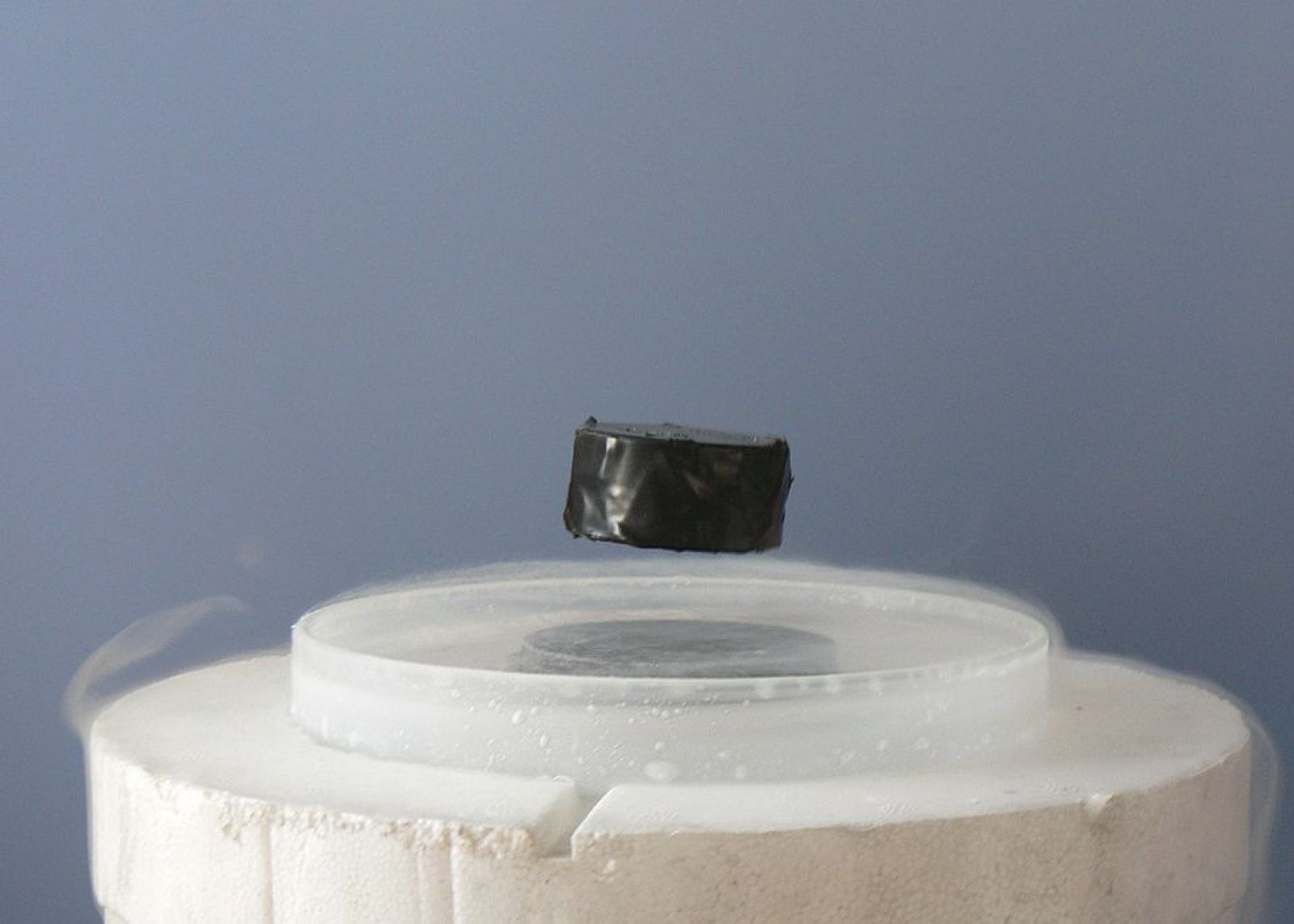Follow us on Google News (click on ☆)
Researchers at the National University of Singapore synthesized a copper-free superconducting oxide that operates at around 40 K (-233°C) under ambient pressure. This nickel-based material opens new perspectives for understanding high-temperature superconductivity. The results were published in Nature, marking a key milestone since the discovery of copper oxides in 1987.
Superconductivity, a phenomenon where a material loses all electrical resistance, has been known for over a century. However, most superconductors require temperatures close to absolute zero. The discovery of copper oxides in the 1980s had already pushed these limits, but the use of copper posed practical challenges.
The new material, (Sm-Eu-Ca)NiO₂, was designed using a predictive model developed by the team. It exhibits superconductivity above 30 K without requiring external compression. This stability at ambient pressure is a major advantage for future applications.
The implications of this discovery are vast. It suggests that high-temperature superconductivity is not limited to copper-based compounds. This significantly broadens the field of potential materials for more efficient electronic applications.
The team is now exploring how to modify the material's electronic properties to further increase its critical temperature. This research could lead to a new generation of superconductors better suited for everyday technologies.
What is high-temperature superconductivity?
High-temperature superconductivity refers to a material's ability to conduct electricity without resistance at temperatures significantly higher than absolute zero. Unlike conventional superconductors, these materials do not require extreme cooling.
Copper oxides, discovered in the 1980s, were the first to exhibit this property above 30 K. Their mechanism remains poorly understood, making each new discovery crucial for progress in this field.
The discovery of a copper-free superconductor operating at similar temperatures under ambient pressure is therefore a major breakthrough. It challenges the idea that copper is essential for high-temperature superconductivity.
This expanded understanding could accelerate the development of more practical superconducting materials, usable in applications such as power grids or medical imaging.
